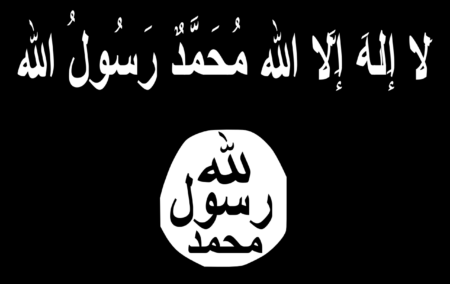The “Sahel region of Africa is the ‘epicentre of global terrorism’,” responsible for “over half of all terrorism-related deaths” worldwide, according to the Global Terrorism Index 2025 (Index).
The Sahel is nearly 1,000 kilometres wide, located between Sudan in the south and the Sahara in the north.
The Royal United Services Institute says that during the past ten years the Sahel has seen a “significant surge in jihadist violence” due to porous borders, fragile states, and local grievances.
The Index reveals that the primary instigator of global terrorism was the Islamic State (ISIS). Together with associated groups – al Qaeda, Jamaat Nusrat Al-Islam wal Muslimeen, Tehrik-e-Taliban Pakistan, and al- Shabaab – they are responsible for more than 7,500 deaths.
Although the West is experiencing escalating terrorism in some countries, the Sahel accounts for over half of all terrorism-related deaths in 2024. Of the 25,000 deaths in conflicts in 2024, nearly 4,000 were directly connected to terrorism.
Countries particularly susceptible to terrorism include Senegal, Sudan, Niger, Burkina Faso and Mali.
ISIS is present in 22 countries and its ability to coordinate, inspire, and execute attacks highlights its resilience and evolving operational strategies.
The vacuum left by the withdrawal of experienced Western counter-terror forces has left a situation in which jihadist groups thrive.
Morocco and Algeria recognise the dangers of unchecked jihadism in the Sahel, and have implemented initiatives to counter instability, terrorism and illicit trafficking.
A recent alliance of Burkina Faso, Mali and Niger “unveiled plans for a unified military force of 5,000 soldiers”. However, the region under discussion covers over five million square kilometres.
Meanwhile, ISIS and al-Qaeda, with associates, extend “greater influence over trans-Saharan networks which will expand their external reach and increase the threat of external plots in North Africa and potentially Europe.”

